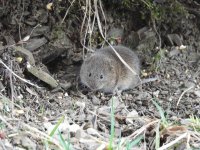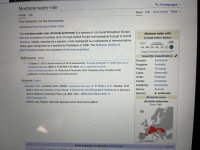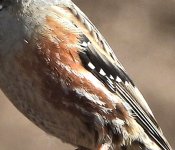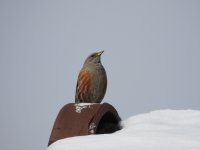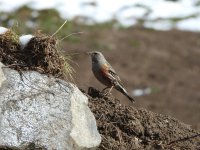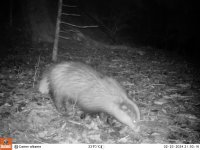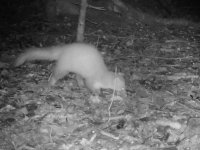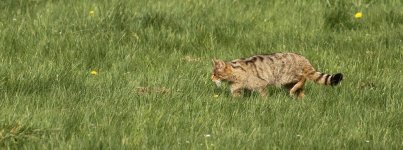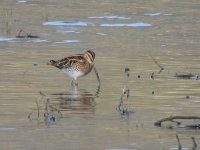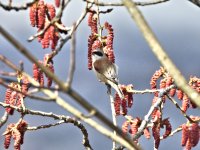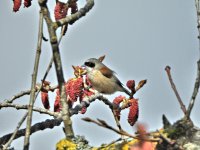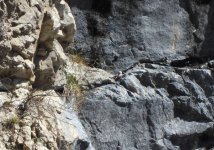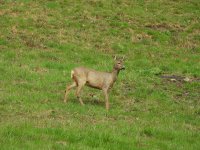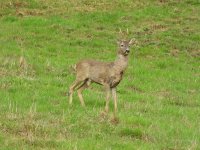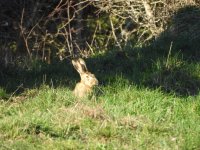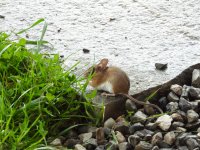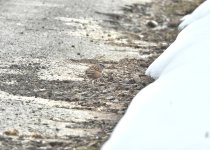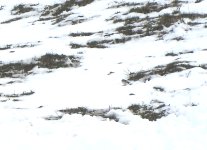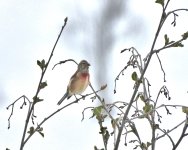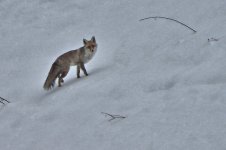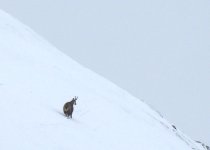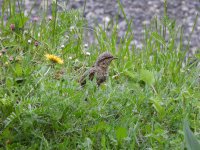The first cows are out in the fields after their winter confinement so time for an end of winter update:
March For once we actually did a couple of dusk searches a week apart for
Pygmy Owl in the forest above our place at the start of the month but we drew a blank on both occasions. Compensation came in the form of
Tawny Owl and Hazel Hen heard but not seen and some beautiful
Song and Mistle Thrush song to serenade us as we redescended home in the dark.
Crag Martin were already back on the cliff face in Thônes on 11th, a brief after-supermarket stop there on 19th produced a glimpse of the wintering
Wallcreeper, unfortunately flushed off the ledge on which it was preening by some boisterous
Alpine Chough and impossible to find afterwards. I was actually on my way home after my first visit to the Rhône/Fier rivers junction that morning, too early for crakes of course (In France just Corsica and the Med coast had seen a couple of Little Crake up to that date so I was not really expecting to see any) but I thought I might get lucky with a Bluethroat, Penduline Tit or Garganey. Well, one out of three isn’t bad I suppose

, wildfowl and wader numbers and variety were disappointing and as in 2023 I chose a morning when the hydro power station had ‘opened the taps’ meaning the water level was high leaving any muddy margins .
Common Snipe was the only wader species seen but
Blackcap, Chiffchaff, Cetti’s Warbler and Cirl Bunting were in full voice. It was interesting to see groups of
Blue Tit heading north, at least 60 in the three hours I was there, a single
Barn Swallow and
both Kite species were seen migrating too. Best birds were the four
Penduline Tit feeding on a tree with red catkins (any ideas botany fans?).
Sulens mountain across the valley from home started to produce a bit of variety after the winter period when the Black Grouse and Alpine Chough seem to be the only species present. Firstly, on the 20th while watching a lone male
Black Grouse (apparently displaying to itself) I saw a
Ring Ousel land next to it, followed by four more flying above the tree line.
Common Buzzard began to display up there too and best of all two days later two
Short-toed Snake Eagle slowly went north, my first March record here. No Wolf sightings yet though plenty of
Chamois up there, including some of last year’s young playing on the snow as though in training for the next Winter Olympics.
Around the house the vole (still not sure what species it is) continues to pinch the bird seed I put on the slope behind the kitchen, while a
Yellow-necked Mouse (I think) picks up sunflower seeds that the birds miss. A
Brown Hare was munching the newly sprouted grass at the top of our field on 22nd and the
Roe Deer seem to be less shy now hunting is over until next Autumn.





